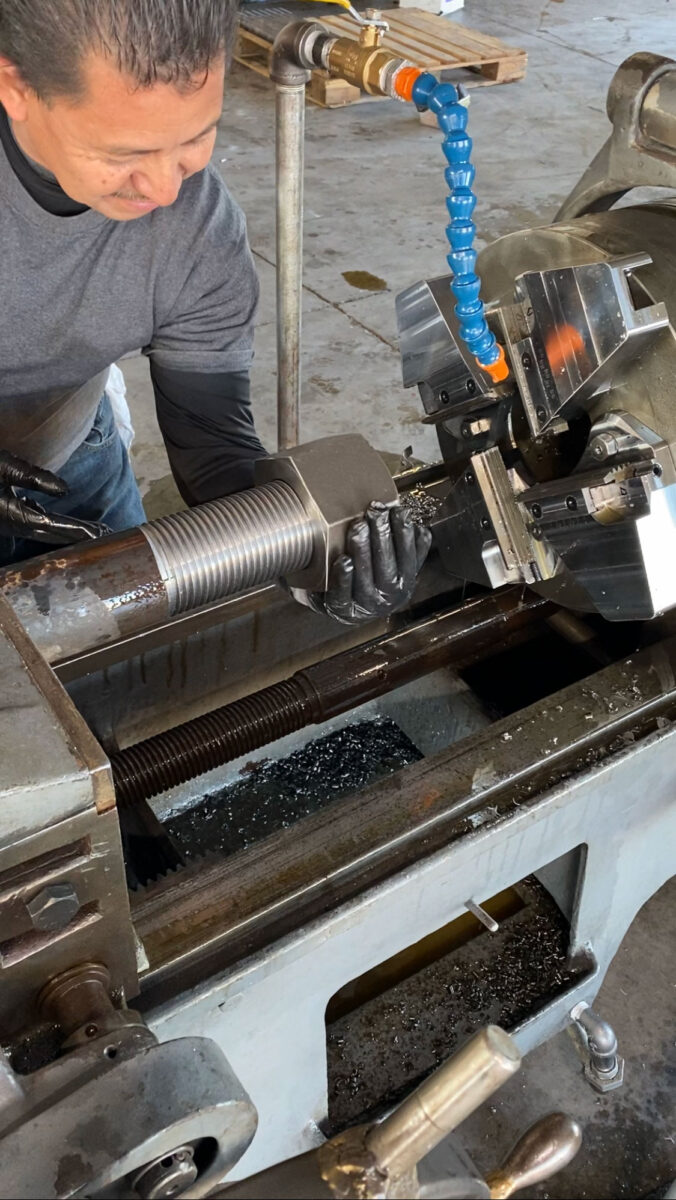Thread Cutting
Delivering Customization & Flexibility For Your Thread Design

Thread cutting refers to the process of creating threads on a workpiece by removing material. This method offers several advantages over other thread-forming techniques, such as thread rolling. Here are some of the advantages of thread cutting:
1.
Material options: Thread cutting can be used with a broad range of materials, including both soft and hard metals. It is particularly advantageous for cutting threads in tough materials such as stainless steel, hardened steel, or exotic alloys, where other thread-forming methods may be less effective or require specialized tools.
2.
Customization: Thread cutting allows for greater customization and flexibility in thread design. Different thread profiles, such as V-threads, square threads, or acme threads, can be easily produced through thread cutting. This enables engineers to tailor threads to specific application requirements, such as optimizing load distribution, enhancing sealing properties, or improving ease of assembly.
3.
Short Production Runs: Thread cutting is ideal for smaller batch sizes. This is because tooling change outs require less time than alternative methods such as thread rolling.
It’s worth noting that thread cutting may not always be the ideal choice, particularly for mass production or when dealing with delicate or brittle materials. In such cases, other methods like thread rolling may offer advantages in terms of speed, cost, or material integrity.
